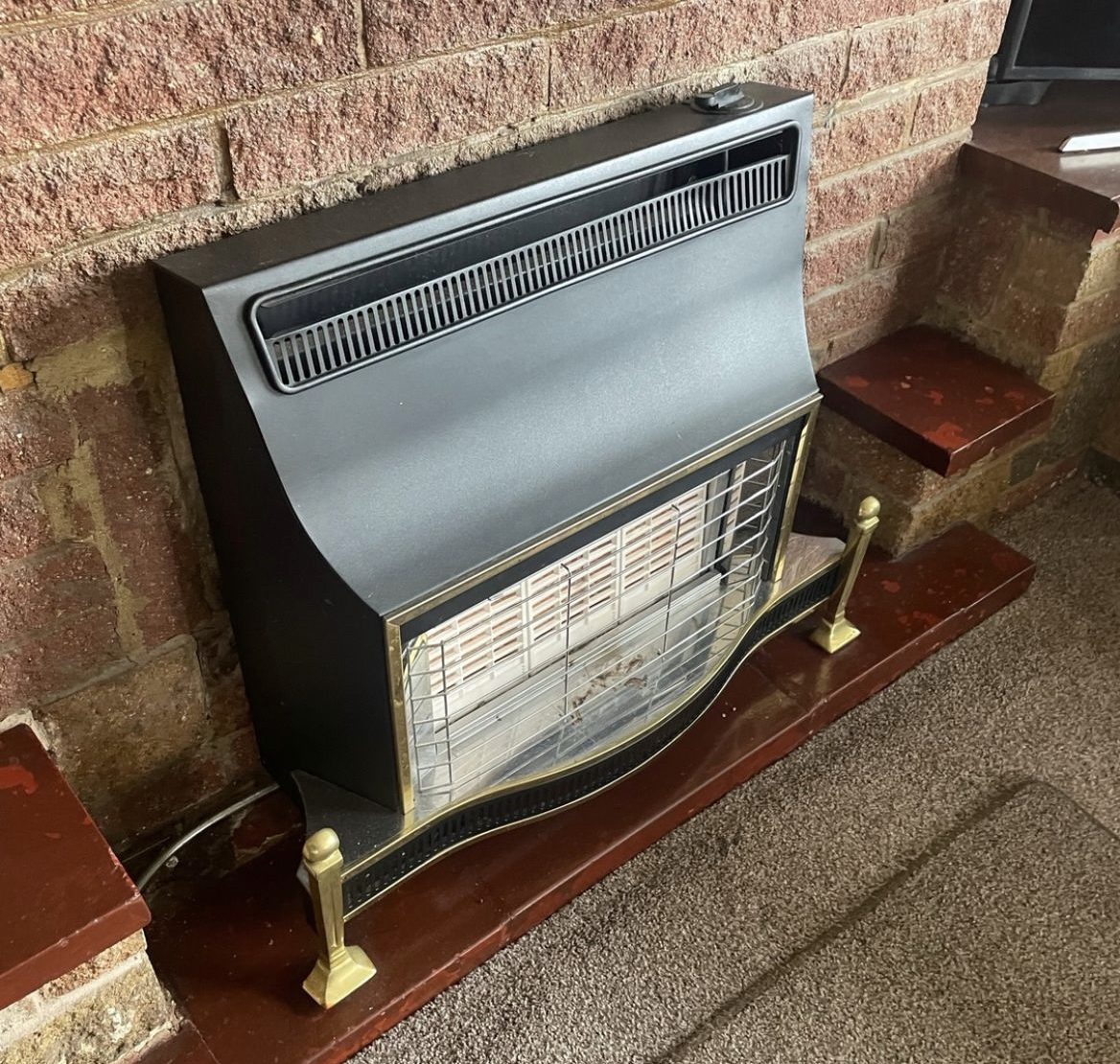All About Back Boilers: A Comprehensive Guide
Back boilers are an essential part of central heating systems in many homes. They are a highly efficient way of heating water for the central heating system and providing hot water for showers and taps. In this guide, we’ll dive into the details of back boilers, including how they work, their benefits and disadvantages, and how to maintain them for optimal performance.
What are Back Boilers and How Do They Work?
A back boiler is a heating appliance that is typically located in the fireplace of a home. It heats water for the central heating system and provides hot water for taps and showers. The back boiler is connected to the main heating system and is fueled by natural gas or oil.
The back boiler works by heating water that is stored in a tank. The water is then circulated through the central heating system, providing heat to radiators in each room. The hot water from the back boiler is also used for showers, taps, and other hot water needs.
Benefits of Back Boilers
There are many benefits to using a back boiler for central heating and hot water. One of the biggest benefits is that back boilers are highly efficient. They use a small amount of fuel to produce a large amount of heat, making them an economical choice for many homeowners.
Back boilers are also very reliable. They are simple in design and have few moving parts, so they are less likely to break down. Additionally, back boilers are easy to maintain and repair, which can help to keep them running smoothly for many years.
Another benefit of back boilers is that they can be integrated into the design of a home. They can be located in the fireplace, which can help to create a warm and inviting living space. And because back boilers are typically small, they take up very little space and can be easily concealed.
Disadvantages of Back Boilers
While there are many benefits to using a back boiler, there are also some disadvantages to consider. One of the biggest disadvantages is that back boilers can be difficult to install. They require a significant amount of space in the fireplace, and they must be connected to the main heating system and hot water supply.
Another disadvantage of back boilers is that they can be expensive to replace. If the back boiler needs to be replaced, the entire central heating system may need to be updated as well. This can be a costly process and may require the services of a professional heating engineer.
Finally, back boilers can be less efficient than other types of heating systems. They rely on the heat generated by the fireplace to heat the water, which can result in a lower overall heating efficiency.
Maintaining Your Back Boiler
To ensure that your back boiler is running efficiently and effectively, it is important to perform regular maintenance. Here are a few tips to help you keep your back boiler in top condition:
- Have the back boiler serviced annually by a professional heating engineer.
- Check the back boiler for any signs of leaks or damage, and have any problems repaired promptly.
- Keep the area around the back boiler clean and free of debris to ensure proper ventilation.
- Make sure that the back boiler is fueled by clean, high-quality fuel to prevent clogging and other problems.
By following these simple maintenance tips, you can keep your back boiler running smoothly for many years to come.
Conclusion
Back boilers are a highly efficient and reliable way of heating your home and providing hot water. However, they can be difficult to install and expensive to replace, and they can be less efficient than other types of heating systems.
Find Out if You Qualify for a Free Back Boiler Upgrade to a Combi System Today!

